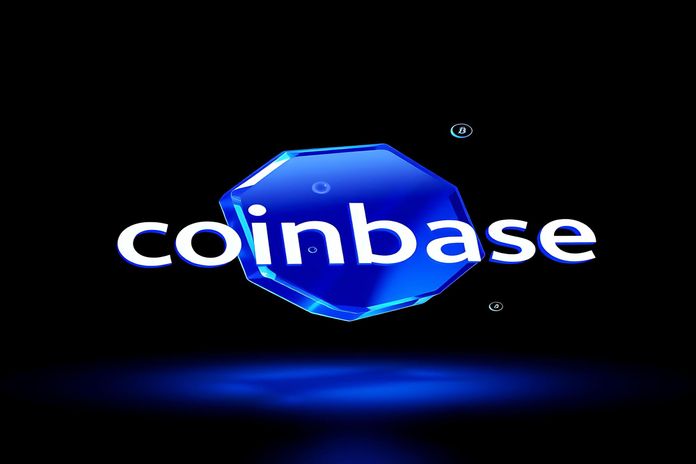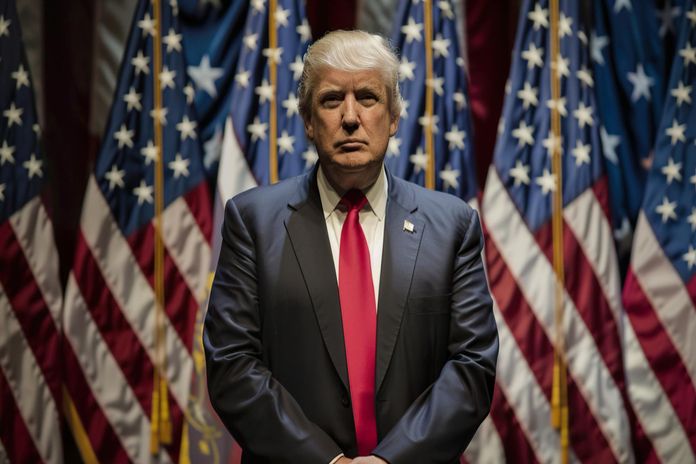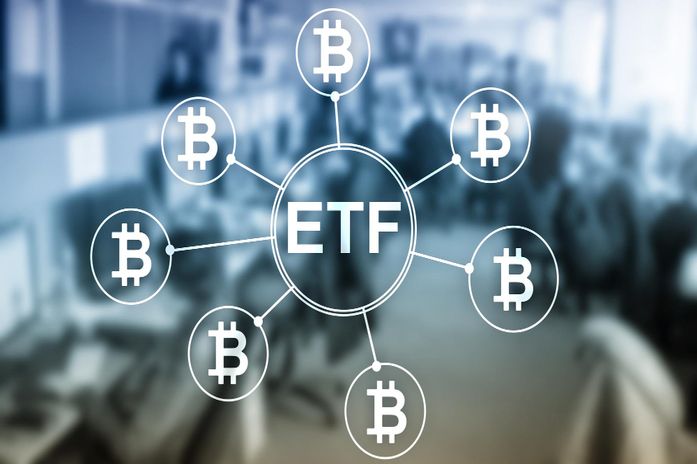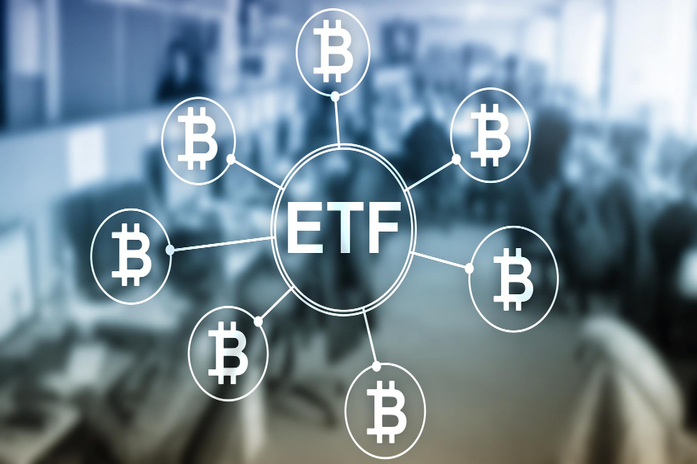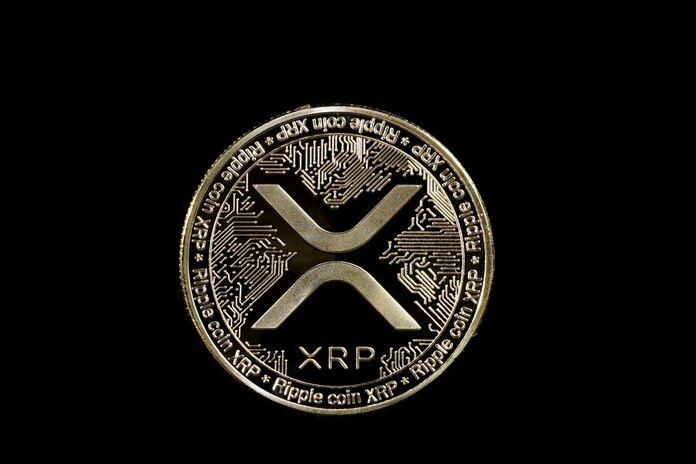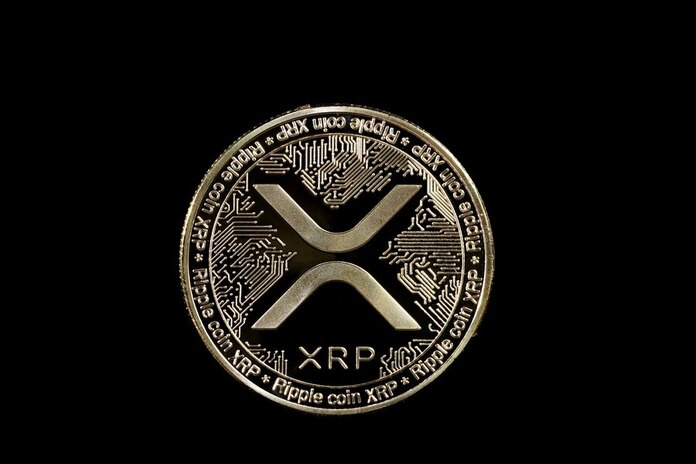Coinbase Pushes for SEC Approval on Tokenized Equities
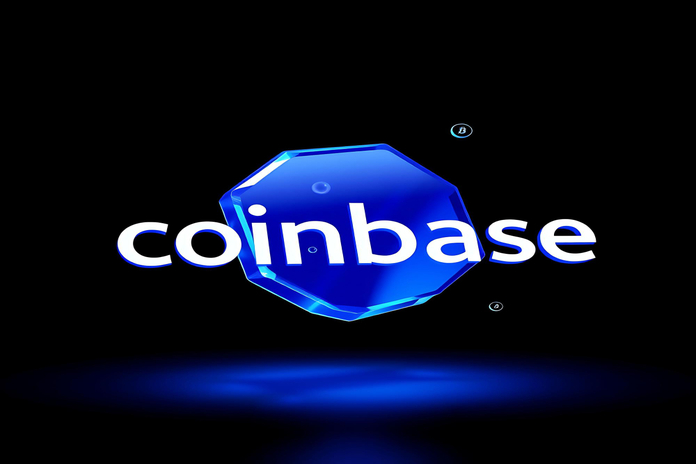
Coinbase (NASDAQ:COIN) is making a bold move that could reshape the future of stock trading in the United States. The crypto exchange is seeking approval from the U.S. Securities and Exchange Commission (SEC) to offer tokenized equities—digital representations of stocks issued and traded on the blockchain.
If the SEC greenlights the request, Coinbase would be able to launch a platform where users can trade these tokenized versions of traditional equities. This would put Coinbase in direct competition with major brokerages like Robinhood (NASDAQ:HOOD) and Charles Schwab (NYSE:SCHW) while marking a major leap in the integration of traditional finance with blockchain innovation.
What Are Tokenized Equities?
Tokenized equities are essentially digital tokens that represent ownership in a company’s stock. Rather than holding shares in the conventional way through a brokerage, investors would hold blockchain-based tokens that track the value and performance of the underlying equity.
This format offers a range of potential benefits:
- Lower trading costs
- Near-instant settlement
- 24/7 access to markets
According to Coinbase Chief Legal Officer Paul Grewal, this technology represents a “huge priority” for the company’s future strategy.
Regulatory Roadblocks and the SEC’s Role
Despite the potential, tokenized equities currently face regulatory hurdles in the U.S. Under current law, companies offering securities must be registered broker-dealers. Coinbase’s bid to offer these new products hinges on receiving either a no-action letter or exemptive relief from the SEC.
A no-action letter would indicate that the SEC staff does not intend to pursue enforcement if Coinbase launches its tokenized equity offering. However, Grewal did not confirm whether Coinbase has officially submitted such a request.
Coinbase’s move comes after a rocky regulatory past. The SEC, under the Biden administration, sued the company in 2023 for allegedly operating as an unregistered securities exchange. That lawsuit was dropped this year under the Trump administration, which has since adopted a more crypto-friendly stance. The administration has also formed a crypto task force focused on developing clearer rules for digital assets.
Competition and the Global Race
Coinbase is not alone in this space. Rival exchange Kraken recently announced it would offer tokenized U.S. equities—branded as xStocks—in select markets outside the U.S. Other firms globally are experimenting with similar models, particularly in jurisdictions with more defined digital asset frameworks.
Still, the U.S. market remains the holy grail. If Coinbase successfully navigates regulatory challenges, it would be the first to bring tokenized equities to American investors at scale—potentially unlocking a huge new business segment.
Key Challenges for Tokenized Equity Adoption
While the technology is promising, critics argue that several key barriers remain:
- Lack of liquidity in secondary markets
- Unclear global standards for tokenized assets
- Investor protection and transparency concerns
A recent report by the World Economic Forum highlighted these challenges, warning that despite the hype, tokenized stocks may face a slow path to mainstream adoption without unified regulatory standards and robust trading infrastructure.
The Bigger Picture: Politics, Crypto, and Wall Street
The timing of Coinbase’s push is not accidental. Former President Donald Trump has made crypto a central talking point of his 2024 campaign, attracting donations from industry leaders and promising regulatory reform. Bitcoin (BTC-USD) and other digital assets have surged in response to this friendlier political climate.
By aligning itself with this momentum, Coinbase is seizing a strategic opportunity to expand beyond crypto trading and into tokenized financial services. If successful, the tokenized equities move could transform Coinbase from a crypto exchange into a full-service financial platform built on blockchain rails.
Final Thoughts: A Tipping Point for Tokenized Finance?
The introduction of tokenized equities in the U.S. would be a game-changer, offering investors new ways to engage with traditional markets through blockchain technology. Whether the SEC grants Coinbase the necessary approvals remains to be seen, but the implications are massive.
If approved, Coinbase could become the first major U.S. platform to offer blockchain-based stock trading—blurring the lines between Wall Street and Web3.
Featured Image: Freepik
